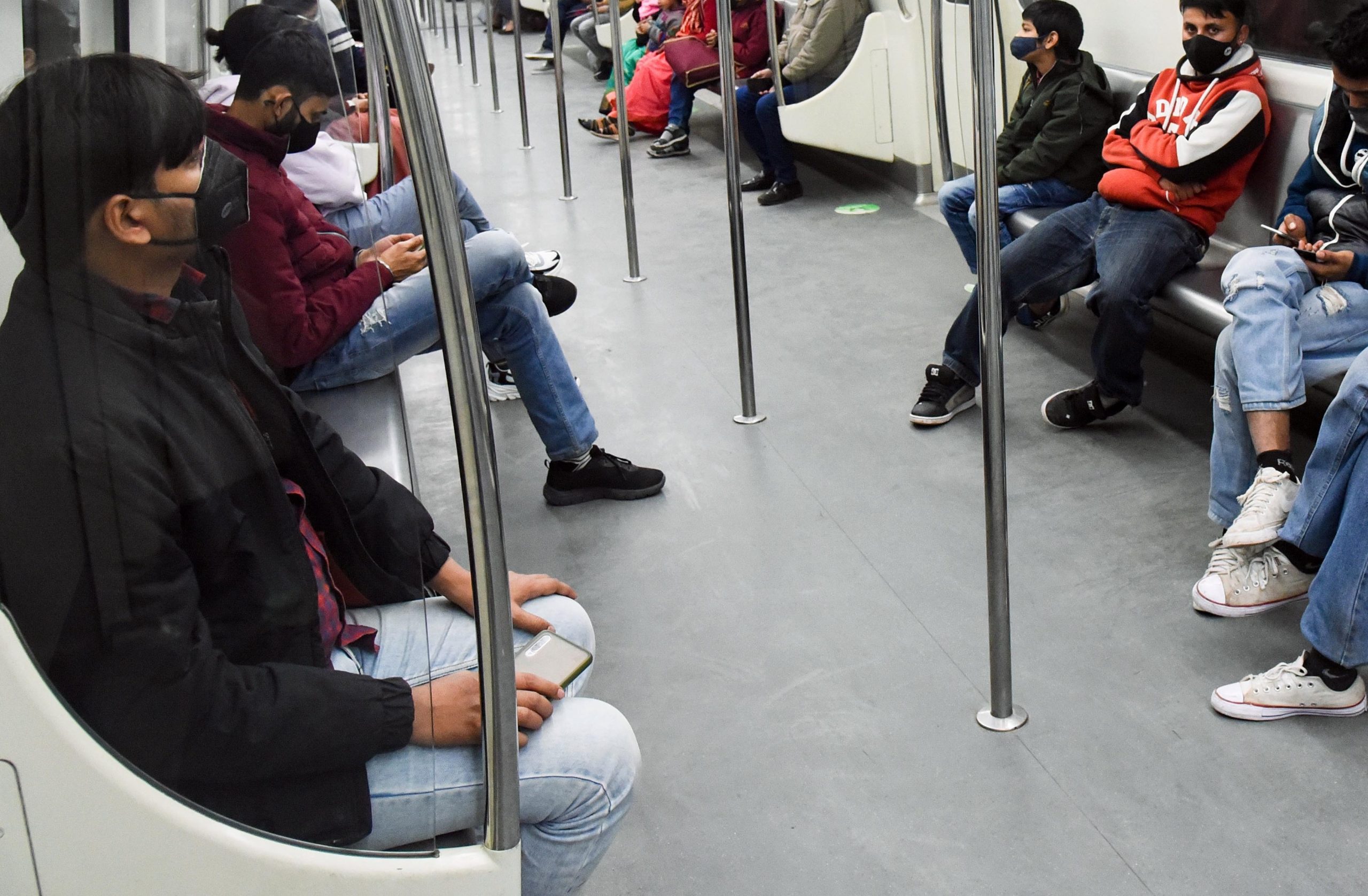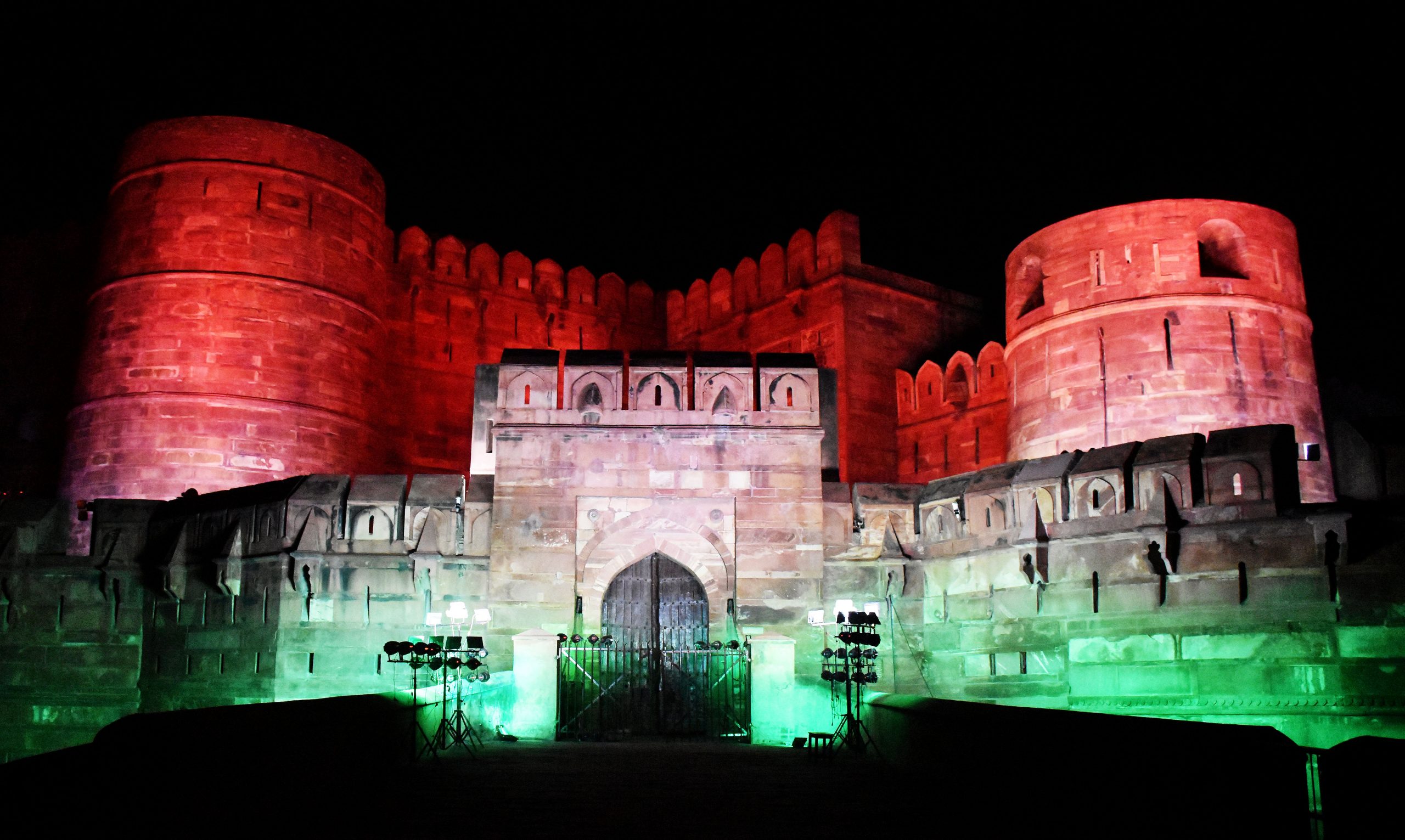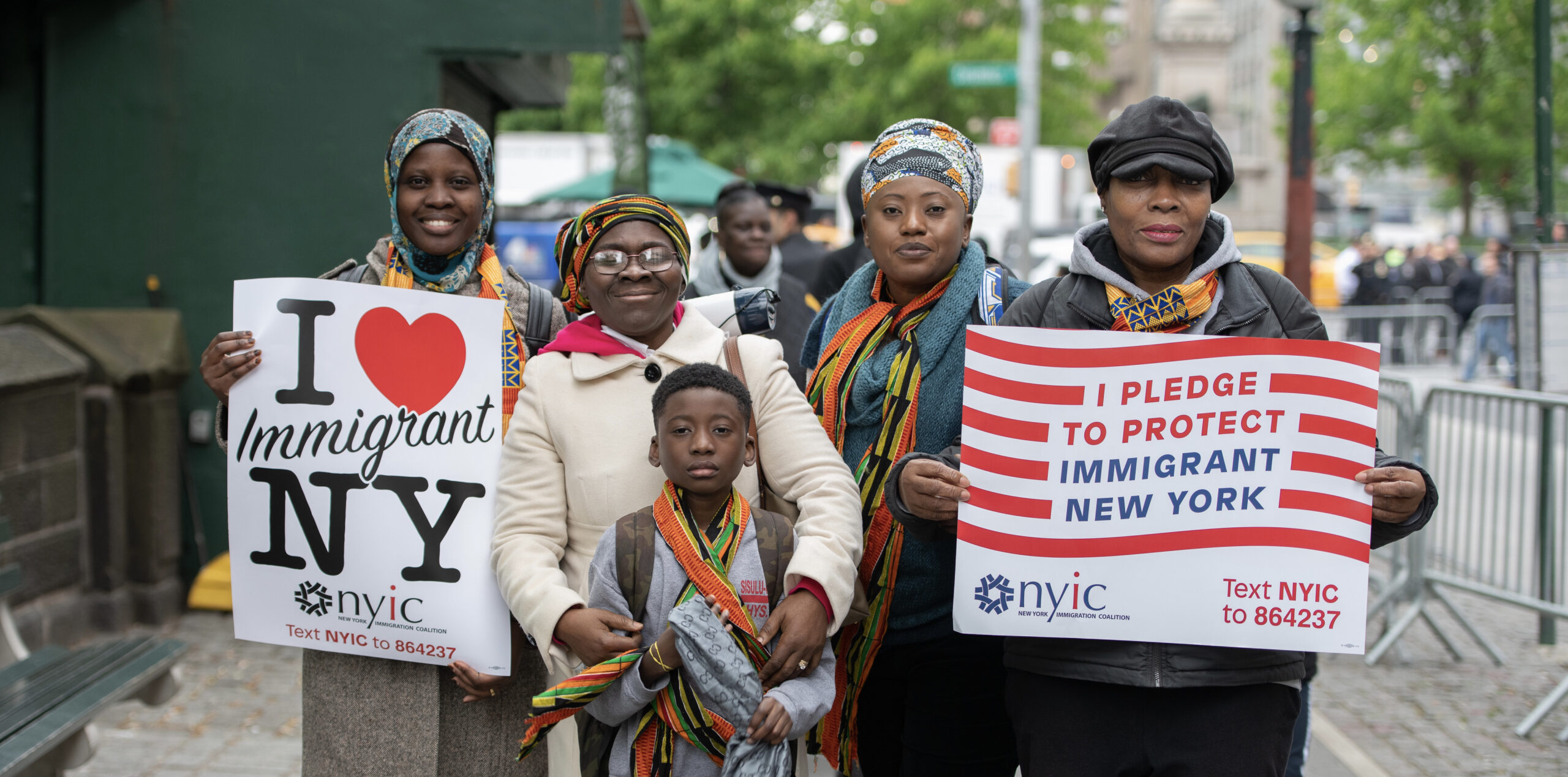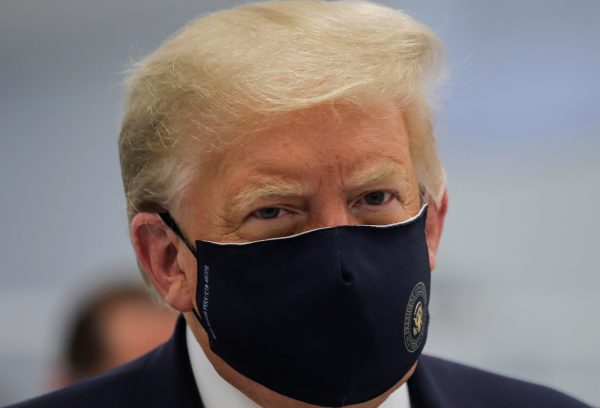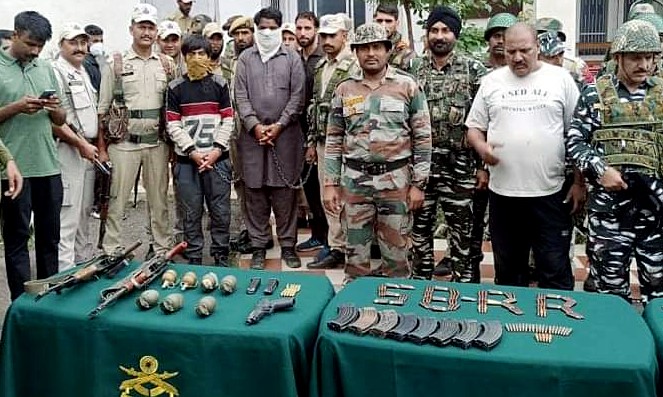Views and opinions from the top commentators in Indian media
Speed is of the essence in fighting fast-transmitting Omicron. The Union health ministry has finally advised states to adopt a dual testing strategy deploying both standard and imported S-gene drop RT-PCR test kits to detect Omicron cases. This should have been done weeks ago as such dual testing obviates the need to send all Covid-positive samples for genome sequencing, which is time-consuming and therefore defeats the purpose of quick identification. Also, finally, the regulator approved emergency use authorization to Serum Institute of India’s Covovax and Biological E’s Corbevax vaccines, while also granting permission to manufacture and market anti-Covid pill Molnupiravir for restricted use in patients with Covid who have high risk of disease progression.
Covovax is the Indian version of Novovax’s recombinant nanoparticle protein-based vaccine. The indigenous Corbevax too is protein based and GoI in June had placed an advance order of 300 million doses of it. As per earlier reports, 200 million doses of Covovax were expected between August and December. But Corbevax is aiming to hit production of 100 million doses per month only by February. These timelines need to be bettered if the two vaccines are to be used for a speedy booster programme for all adults.
— Editorial, The Times of India
Lots of jabs
A large section of experts believes that a mix-and-match approach to vaccination is better for shoring up immunity compared to an additional jab of the vaccine administered in the primary phase of inoculation. In India, too, there is preliminary consensus that booster recipients shouldn’t receive a third dose of Covishield or Covaxin. The country is well placed to meet this challenge. The government has made advance payments to the Hyderabad-based Biological E to reserve 30 crore doses of the Corbevax vaccine. The jab that teaches the immune system to make antibodies using spike proteins has been heralded as a stronger shield against variants such as Omicron compared to viral vector vaccines such as Covishield and Covaxin. Covovax, manufactured by the Serum Institute of India under licence from the US-based Novovax, also uses a protein-based platform. Though these vaccines take more time to develop, they are more affordable, and their production is easier to scale up.
— Editorial, The Indian Express
Is it too late?
Omicron variant can spread much faster than Delta – its Ro is much higher than that of Delta and it is more efficient in dodging immunity. It causes re-infections and breakthrough infections more frequently than Delta. So, will Omicron cause yet another wave in India? That remains unpredictable. If we assume it will not, but it does, then India will suffer again. There is no need to elaborate on the scenario as the memory of the immense loss of life due to Delta wave is still vivid in our minds.
We have known Omicron only for a month. So far, it seems to be less virulent than every previous virus variant. This may be because vast swathes of humanity have been already exposed and rendered partly immune by the previous variants and a large number of people have had one or two doses of vaccine. Everyone agrees that there will be a massive increase in infections, but much of those will be invisible. A huge wave of disease outbreak is unlikely, as far as we can expect. A disease wave must be expected, only its magnitude is unpredictable, and it may be quite small. However, it will be better to be safe than sorry.
— T Jacob John & MS Seshadri, The Quint
Indian soft-power
For decades now, India’s global influence has been greater than China’s in only one sphere: soft power. Yet, as the former Indian foreign secretary, Nirupama Rao, has warned, that relative strength too is now at risk of waning, largely because of New Delhi’s own actions — or inactions. The arrows in India’s quiver are many: from its stature as the world’s largest democracy and its immense diversity to the moral authority of M.K. Gandhi’s model of successful non-violent resistance that was adopted by Nelson Mandela, Martin Luther King and other icons. The addition of yoga, spiritualism, delicious cuisines and Bollywood to this mix has led to the creation of an enviable and powerful cocktail that should be hard to match for an authoritarian State, which, until recently, was inward looking and uneasy with its own ancient traditions. But as Ms Rao pointed out while speaking at the second Krishna Bose lecture, these advantages would count only if India upholds constitutional values, including human rights and sensitivity towards minorities.
— Editorial Board, The Telegraph (India)
Every week, we look at what the top commentators and opinion writers in the Indian media are talking about and bring to you a slice of their opinions and comments
















